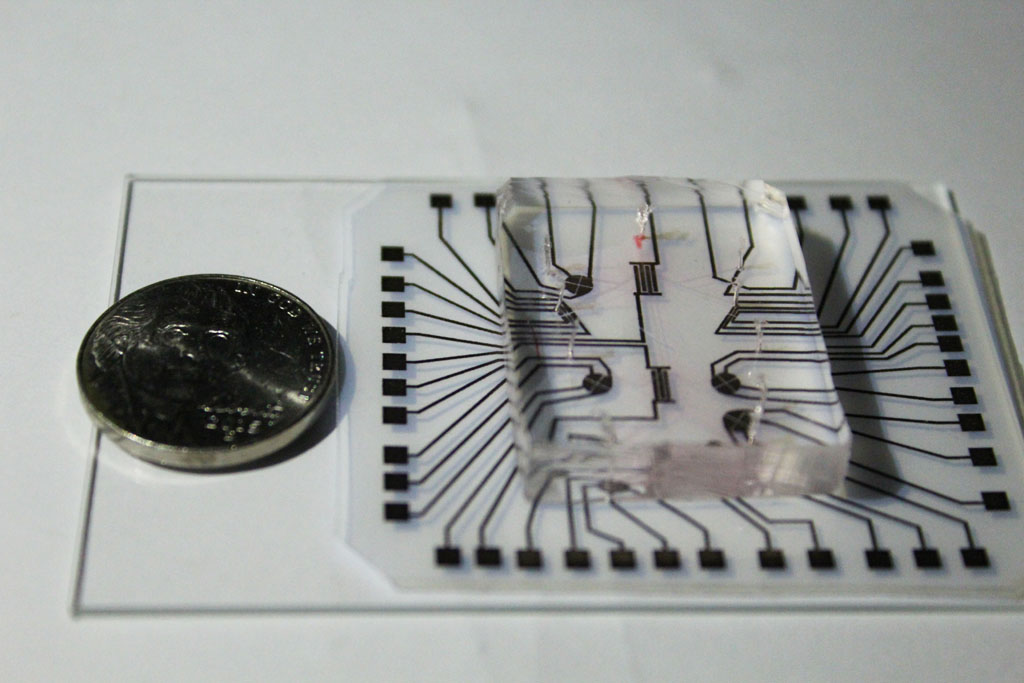
Stanford developed CRISPR ‘lab on a chip’ for detecting COVID-19
On Nov. 4, 2020, using the cutting-edge genetic editing technique known as CRISP ‘lab on a chip’ technology, Stanford engineers created a microlab half the size of a credit card that can detect COVID-19 in just 30 minutes. The COVID-19 test was detailed in a study published in the journal Proceedings of the National Academy of Sciences.
According to the findings, the “lab on a chip” takes advantage of microfluidics and CRISPR-based technology to detect the presence of COVID-19. Microfluidics deals with controlling fluids and molecules at the small scales, and CRISPR is a novel gene editing technique.
There are several distinctions between the microlab chip and the current RT-PCR tests used to detect coronavirus, according to mechanical engineering professor Juan Santiago. The microlab chip also uses a different methodology: Electric fields prepare each sample and facilitate coronavirus detection. All this occurs in channels as small as a single strand of human hair.
Santiago’s research team utilized the CRISPR-Cas12 enzyme to detect target nucleic acids in the sample with a high degree of specificity. The CRISPR detection step relies on a mechanism called collateral cleavage.
Currently, the microlab chip performs the sample preparation and CRISPR detection on the chip itself, whereas the isothermal amplification — the process of amplifying DNA at constant temperature — is performed outside the chip. However, the research team is working on integrating all three steps into a single, automated chip, according to Santiago.
Tags:
Source: Stanford University
Credit:
